Persian Gulf - Pershiawan (English spelling)
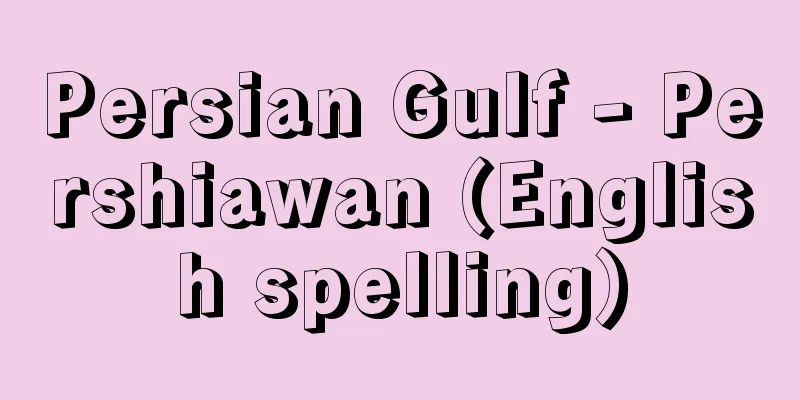
|
A vast gulf in Southwest Asia. It is bounded by the northeastern coast of the Arabian Peninsula and the southwestern coast of Iran, and its eastern end flows into the Gulf of Oman through the Strait of Hormuz. In Persian it is called Khalij-e Fars, and Arab countries commonly use the Arabic term Khalij al-'Arabī, meaning "Gulf of Arabia". It is about 900 km long, 250-350 km wide, and has an area of about 239,000 square km. It is 170 meters deep at its deepest, but the Iranian side, where the mountains lie close to the sea, is deeper than the Arabian Peninsula side, where the sandy beaches are widespread. A delta has developed near the mouth of the Shatt al-Arab River at the northwestern end. The water temperature averages 24°C, reaching 32°C in August, and the surface salinity averages about 37, with some water areas reaching about 40. In addition to Iran, the Gulf includes Iraq, Kuwait, Saudi Arabia, Bahrain, Qatar and the United Arab Emirates. The area has long been a center of pearl harvesting and fishing, but in the 20th century, a succession of oil fields were discovered along the coast and on the seabed, drawing attention as a world-class oil-producing region. There are oil shipping ports such as Ras Tanura (Saudi Arabia), Mina al-Ahmadi (Kuwait), Hal al-Amaya (Iraq), and Khalq Island (Iran). Natural gas development is also progressing, and industrialization is underway throughout the Gulf, using oil and natural gas as raw fuels and funded by the sale of these fuels and by revenues from mining rights. The area is also rich in marine resources such as shrimp, sardines, and tuna. [End line] Source: Shogakukan Encyclopedia Nipponica About Encyclopedia Nipponica Information | Legend |
|
南西アジアにある広大な湾。アラビア半島の北東岸とイランの南西岸によって画され、東端はホルムズ海峡を経てオマーン湾へと通じる。ペルシア語ではハリージェ・ファールスKhalīj-e Fārsといい、アラブ諸国はアラビア語で「アラビア湾」の意ハリージュ・アル・アラビーKhalīj al-‘Arabīを慣用する。長さ約900キロメートル、幅250~350キロメートル、面積約23万9000平方キロメートル。水深は最大170メートルに達するが、山地が海に迫っているイラン側が、砂浜の広がるアラビア半島側に比べて深い。北西端のシャッタル・アラブ川の河口付近には三角州の発達がみられる。水温は平均24℃、8月には32℃にも達し、表面塩分は平均約37、水域によっては約40を示す。湾岸にはイランのほか、イラク、クウェート、サウジアラビア、バーレーン、カタールおよびアラブ首長国連邦がある。 古くから天然真珠の採取や漁業が営まれてきたが、20世紀に入ると湾岸や海底で相次いで油田が発見され、世界的な産油地帯として注目されるようになった。ラス・タヌラ(サウジアラビア)、ミナ・アル・アハマディ(クウェート)、ハル・アル・アマヤ(イラク)、ハールク島(イラン)などの石油積出し港がある。天然ガスの開発も進み、石油、天然ガスを原燃料とし、それらの販売、採掘利権料収入を資金とした工業化も湾岸各地で進んでいる。エビ、イワシ、マグロなどの水産資源も豊富。 [末尾至行] 出典 小学館 日本大百科全書(ニッポニカ)日本大百科全書(ニッポニカ)について 情報 | 凡例 |
<<: Persius - Aulus Persius Flaccus
>>: Persian calendar - Persian calendar
Recommend
Sand dunes
A hill or levee-like landform formed by the accum...
Conca d'Oro (English spelling)
…Population: 699,691 (1981). Facing the Gulf of P...
Piano del Lago (English spelling)
...The mountain has a volume of 1000 km3 , making...
Eastern Cottontail
...Body length 21.5-47cm, tail length 1.5-6cm, we...
Fish farming - Saibaigyogyo
Unlike fisheries that only catch marine organisms...
Doctor of Medicine - Doctor of Medicine
…He was the Army Medical Superintendent (later th...
Herring sardine
A type of Chinese koji. It is made by mixing barle...
Guidi, A.
…It is said that the origin of canzone is in the ...
antagonism
...The development of antibiotics and microbial p...
Eria ovata (English spelling)
… [Ken Inoue]. … *Some of the terminology that me...
Seeds - seeds
〘Noun〙① A general term for grains. ※Hyakushodenki ...
Nara Picture Book - Nara Ehon
These are old manuscripts with colored illustrati...
acquired immune deficiency syndrome
… [Shoji Okamoto]. … *Some of the terminology tha...
Academy of American Franciscan History
…Their subsequent activities probably covered the...
"Ohanchoemon" - Ohanchoemon
...Written by Suga Sensuke. Commonly known as &qu...

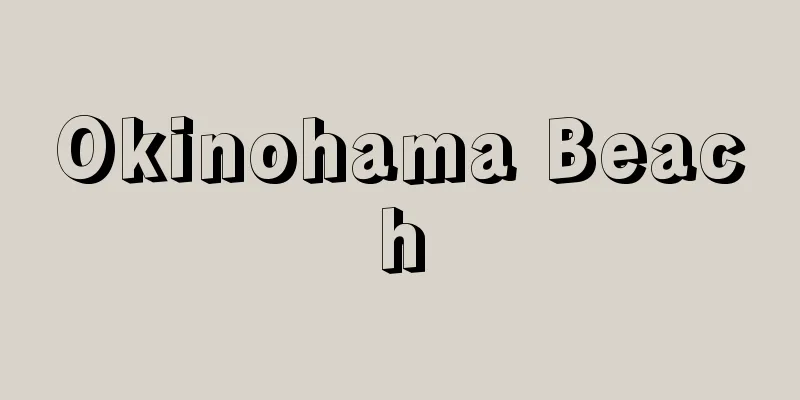

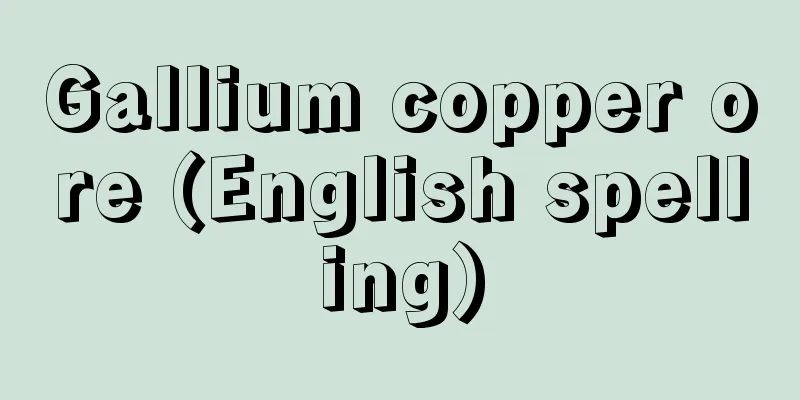


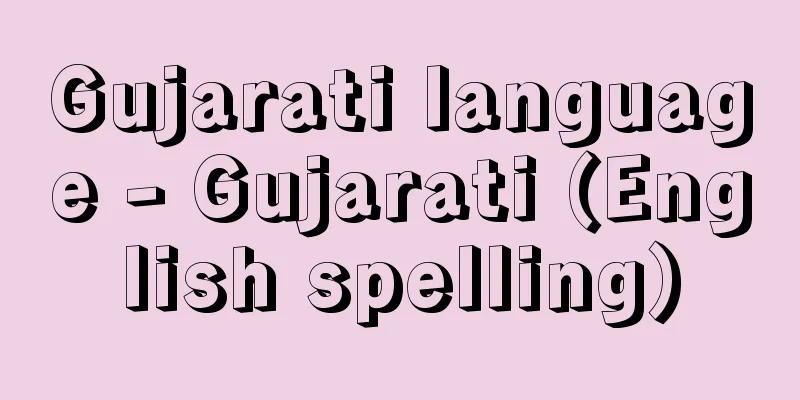
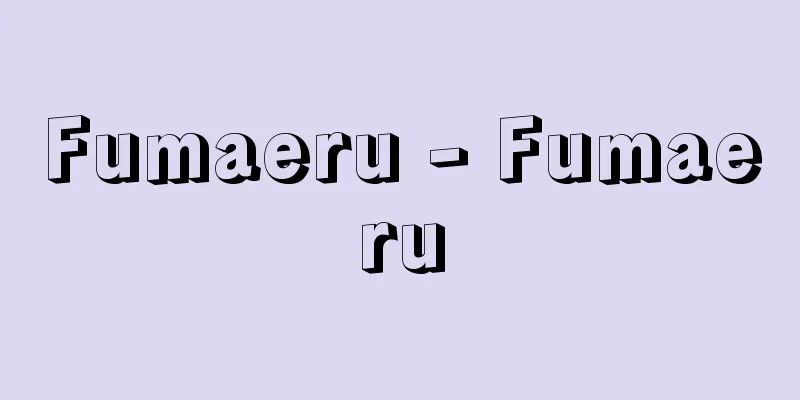
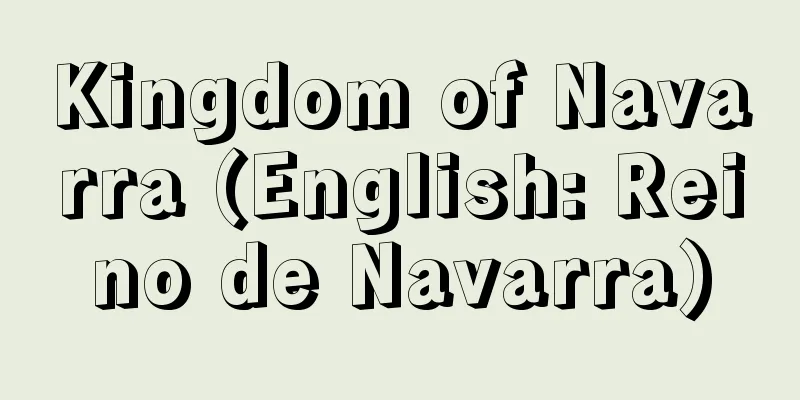
![Tenei [village] - Tenei](/upload/images/67cc477c53bb0.webp)